Hello, aquarium enthusiasts! 🐠
Mollies (Poecilia sp.) are a cornerstone of the freshwater aquarium hobby, often celebrated for their vibrant personalities and seemingly easy care. However, there’s more to these live-bearing fish than meets the eye. While they can be a fantastic choice for community tanks, their success often hinges on understanding one critical aspect of their biology that many new aquarists overlook.
This in-depth review will dive into everything you need to know about keeping mollies, from their complex water parameter needs to their prolific breeding habits. Whether you’re a beginner drawn to their variety or a seasoned hobbyist looking to master their care, this guide will equip you with the knowledge to ensure your mollies not only survive but truly thrive.

Overview
Mollies are small, hardy freshwater fish native to the Americas, but most available today are commercially bred. They are known for their live-bearing reproduction, active nature, and impressive algae-cleaning abilities. However, their reputation for being “easy” can be misleading, as they have specific requirements regarding water hardness.
Here’s a quick summary of what defines them:
- Handling and Temperament: Peaceful and active, but males can be persistent in their pursuit of females.
- Care and Maintenance: Moderate-maintenance due to specific water hardness and pH requirements; they are not always the beginner-friendly fish they are marketed to be.
- Health and Durability: Generally hardy but extremely sensitive to soft, acidic water, which can lead to a condition known as “The Shimmies.”
- Availability: Extremely common and widely available at almost all pet stores.
- Cost: Very affordable to purchase, with setup costs being the primary investment.
- Overall: A rewarding and active fish for aquarists who are prepared to meet their specific water chemistry needs.
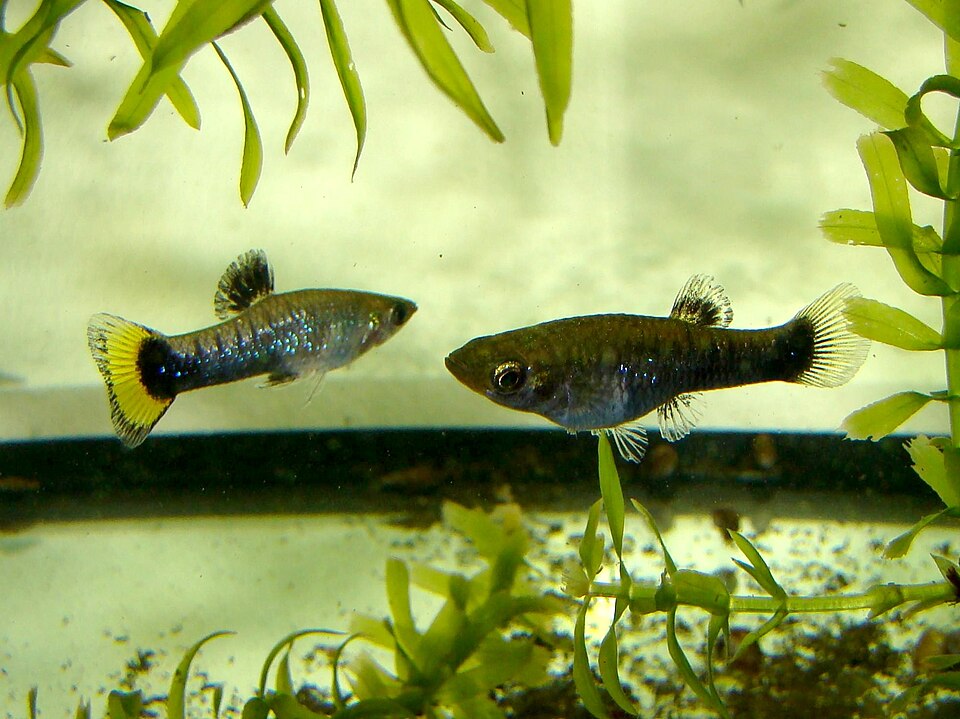
Why Choose a Molly?
Mollies are ideal for aquarists seeking active, engaging fish that contribute to the tank’s ecosystem by grazing on algae. Their endless variety of colors, fin shapes (like the sailfin, lyretail, and balloon morphs), and sizes make them visually appealing. For those interested in the fascinating process of live-bearing reproduction, mollies are prolific breeders, offering a front-row seat to the circle of life. They fit well into a peaceful community tank and can become a vibrant, moving centerpiece.
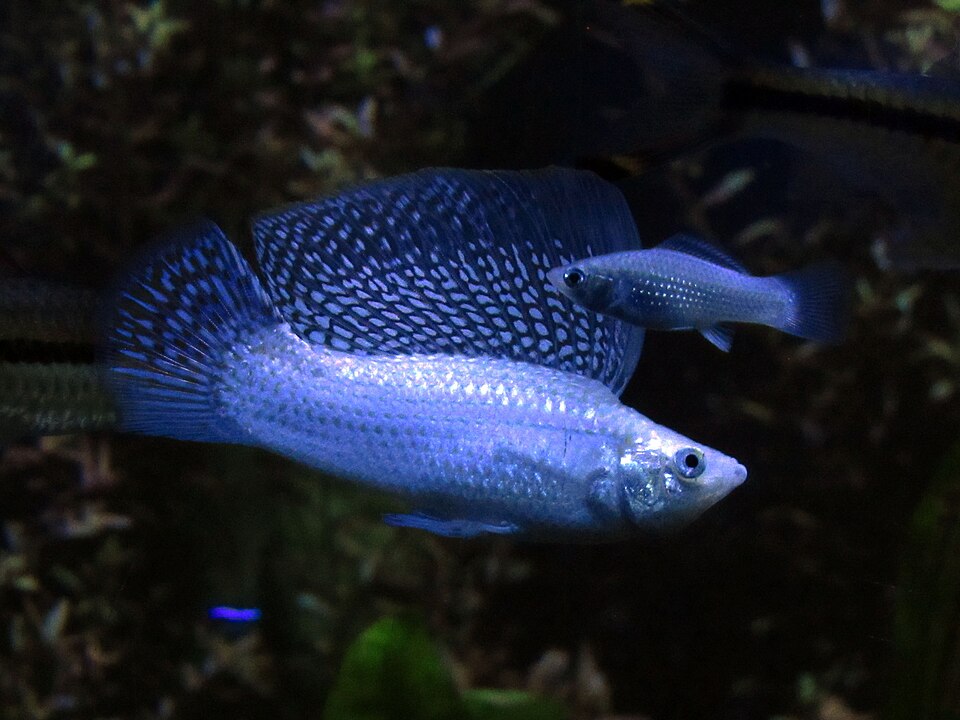
Handling and Temperament
Mollies are not handled in the traditional sense like a reptile, but their behavior and interaction within the aquarium are a key part of their appeal. They are generally peaceful fish that spend their time actively swimming at all levels of the tank, constantly foraging for food.
Personality and Social Dynamics
Mollies are social fish and should be kept in groups of at least four or more. Within the group, a distinct hierarchy will form. Male mollies can be somewhat competitive with each other, and they will relentlessly pursue females for breeding. This is normal species-typical behavior, but it can stress the females if there are not enough of them. A single male with two or three females is the recommended ratio to distribute this attention and prevent any one female from being harassed to exhaustion.
Tank Mate Compatibility
Due to their preference for hard, alkaline water, choosing tank mates for mollies requires some consideration. Ideal companions are other fish that thrive in similar conditions.
- Excellent Choices: Platies, Guppies, Endler’s Livebearers, Swordtails, peaceful Corydoras catfish, and larger invertebrates like Amano Shrimp.
- Use Caution: Very small, timid fish like Neon Tetras may be stressed by the mollies’ active nature. We do not recommend keeping them with dwarf shrimp, as the mollies will likely prey on the shrimp fry.
- Avoid: Aggressive fish that may nip their fins.
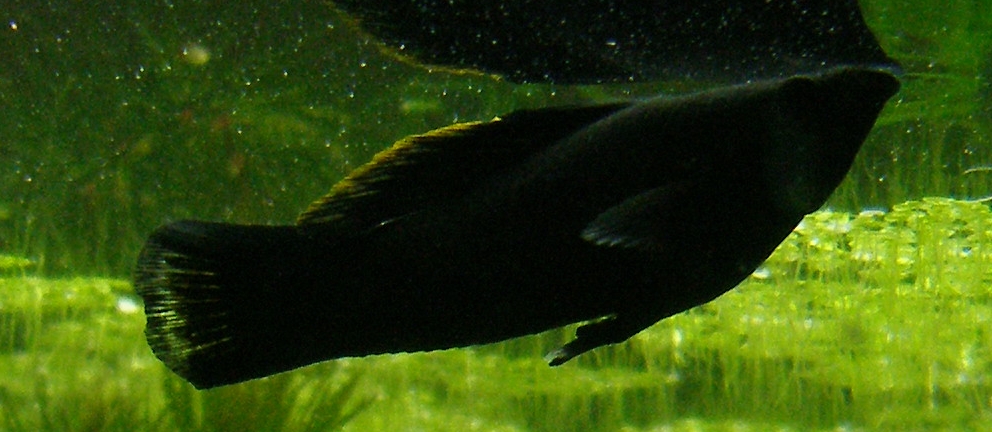
Care and Maintenance
This is the most critical section for prospective molly owners. While they are hardy, their requirement for mineral-rich water is non-negotiable for long-term health.
Aquarium Setup
- Tank Size: A common misconception is that mollies can live in very small tanks. While they are small fish, they are active and produce a significant bioload. A 20-gallon tank is the absolute minimum for a small group. A 29-gallon or larger aquarium is highly recommended, especially for the larger sailfin varieties, which can reach up to 5-6 inches.
- Scaping and Filtration: Being active swimmers, they appreciate open space but also benefit from live plants and decorations for cover. A powerful filter is essential, as mollies can be messy eaters. They do not have a specific substrate requirement; sand or gravel are both fine.
The Critical Importance of Water Parameters
This is the single most important factor in keeping mollies healthy.
- Water Hardness (GH & KH): Mollies must be kept in hard water. Their bodies are adapted to environments rich in calcium and magnesium. In soft water, their osmotic regulation fails, leading to stress, a weakened immune system, and a debilitating condition often called “The Shimmies,” where the fish rocks back and forth in one place. We recommend a general hardness (GH) of 15-30 dGH and a carbonate hardness (KH) of 10-15 dKH.
- pH Level: They require alkaline water conditions. A pH between 7.5 and 8.5 is ideal.
- Temperature: They are tropical fish and thrive in water temperatures between 75°F and 80°F (24°C – 27°C).
How to Achieve the Right Water
If your tap water is soft, you must remineralize it. This can be done by:
- Using a commercial mineral supplement like Seachem Equilibrium™.
- Adding a bag of crushed coral or aragonite to your filter, which will slowly dissolve and release calcium carbonate, raising both GH and KH.
- Using a small amount of aquarium salt is an option, but it is not a substitute for permanent hardness and can harm salt-sensitive plants and tank mates.
Feeding
Mollies are omnivorous with a strong vegetarian inclination. They are excellent algae grazers but cannot survive on algae alone.
- Staple Diet: A high-quality flake or pellet food should form the basis of their diet.
- Vegetable Supplements: They greatly benefit from and enjoy blanched vegetables like zucchini, cucumber, and spinach.
- Protein: Offer occasional protein-rich treats like bloodworms, daphnia, or brine shrimp (live or frozen) 1-2 times per week.
- Feeding Schedule: Feed small amounts 1-2 times daily, only what they can consume within two minutes.
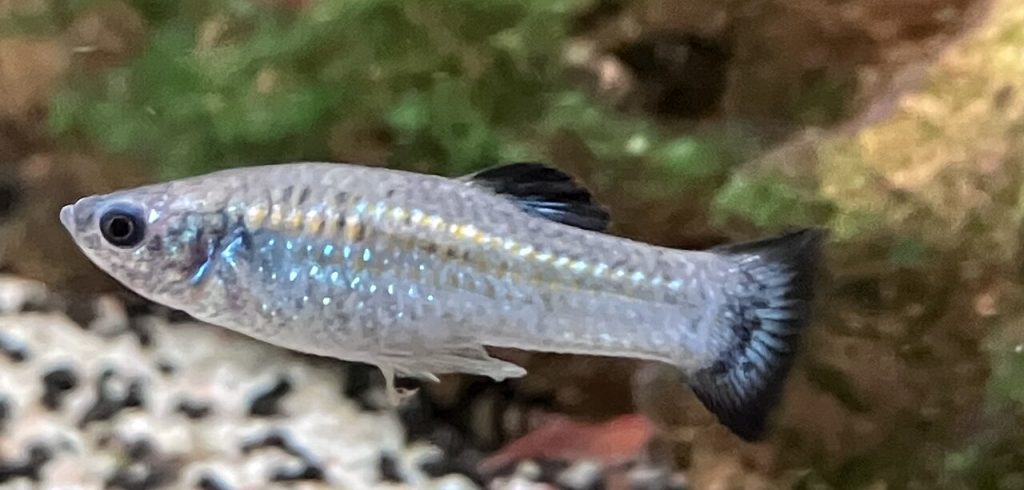
Health and Durability
When kept in optimal water conditions, mollies are remarkably durable fish with a lifespan of 3 to 5 years. However, they are susceptible to health issues when their environment is not correct.
Common Health Issues
- The Shimmies: As discussed, this is a symptom, not a disease. It is a direct result of being kept in water that is too soft or acidic. The cure is to immediately correct the water hardness and pH.
- Ich (White Spot Disease): Like all fish, mollies can contract Ich, especially if they are stressed from improper water conditions. The raised temperature and salt tolerance of mollies make this disease relatively easy to treat if caught early.
- Fungal and Bacterial Infections: These typically only occur in fish that are already stressed or injured. A clean, well-maintained tank is the best prevention.
- Livebearer Disease: A general term for a wasting condition that can affect mollies and other livebearers, often linked to internal parasites.
Preventative Care
The cornerstone of molly health is prevention through pristine water quality.
- Maintain high GH, KH, and pH.
- Perform consistent weekly water changes of 25-30%.
- Quarantine all new fish for at least two weeks before introducing them to your main tank.
- Provide a varied and nutritious diet.
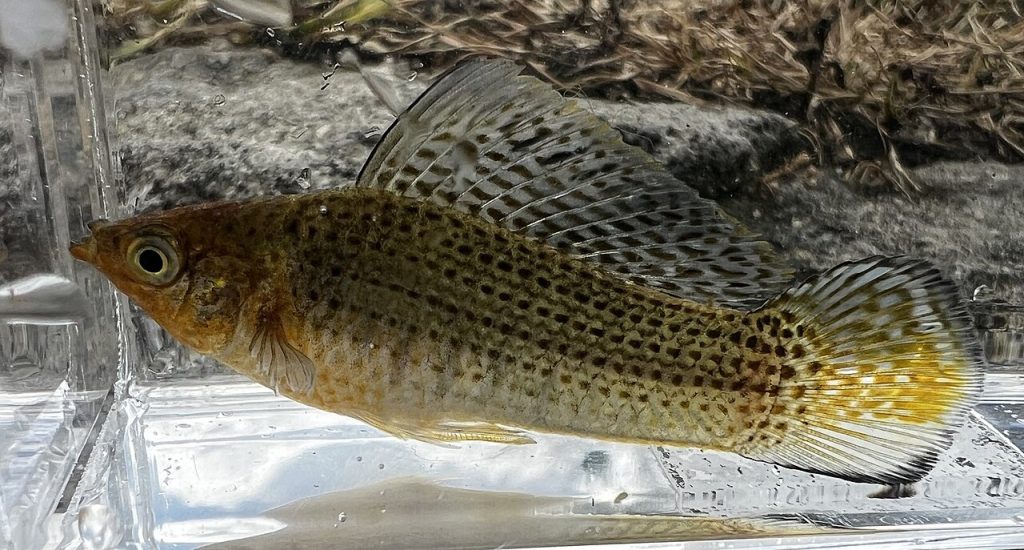
Availability and Cost
Mollies are one of the most accessible fish in the hobby.
Where to Buy
They are available at virtually every local fish store, large chain pet store, and from online retailers and hobbyist breeders.
Cost
- Fish Price: Common varieties like Black or Dalmatian mollies are very inexpensive, typically ranging from $2 to $4 per fish. Fancy morphs like Lyretails or specific sailfin strains can cost $5 to $15.
- Setup Cost: The initial investment is in the aquarium setup. A proper 20-gallon starter kit with a filter, heater, and lights can cost between $150 and $250. The ongoing cost of food and water conditioners is minimal.

Pros and Cons
Pros
- Active, engaging, and peaceful community fish.
- Excellent algae grazers, helping to keep the tank clean.
- Prolific and fascinating live-bearers; you can easily experience the thrill of raising fry.
- An incredible array of colors, shapes, and sizes to choose from.
- Very affordable and widely available.
Cons
- Not truly beginner-friendly due to their strict requirement for hard, alkaline water.
- Males can harass females relentlessly if the gender ratio is incorrect.
- They are prolific breeders, which can lead to overpopulation if fry are not managed.
- Can be susceptible to “The Shimmies” and other health issues if water parameters are neglected.
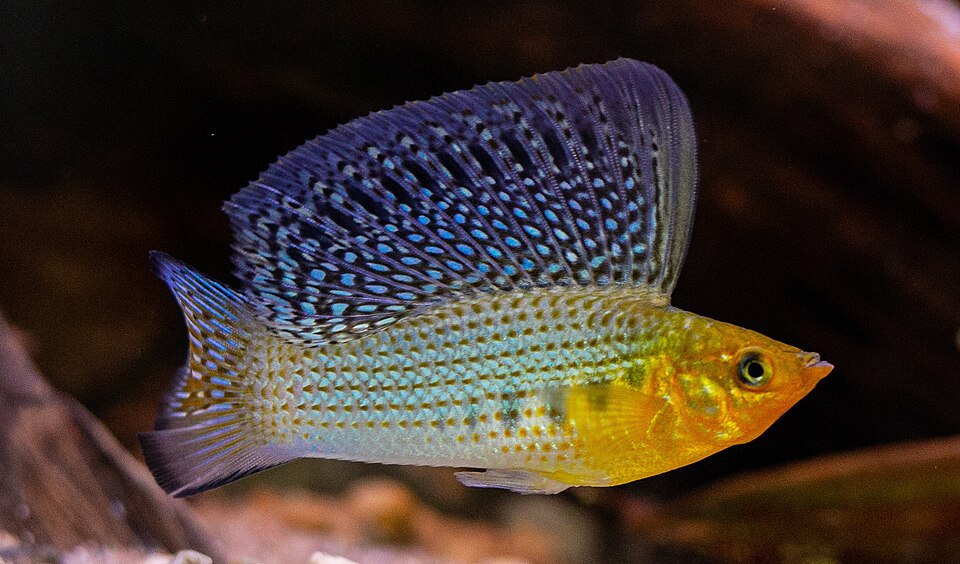
Final Thoughts
Mollies are a classic aquarium fish for a reason. Their vibrant activity, useful algae-eating habits, and fascinating reproductive strategy make them a truly rewarding addition to a compatible community tank. However, their reputation for being an “easy” beginner fish does them a disservice. Success with mollies comes from a commitment to providing them with the hard, alkaline water they inherently need to thrive.
For aquarists willing to test their water and make the necessary adjustments, mollies will repay that effort with years of vibrant life and endless entertainment. They are a testament to the fact that understanding a pet’s fundamental needs is the first and most important step to a successful and fulfilling hobby.
Have you had experiences with mollies? We would love to hear about your journey and any tips you’ve discovered for keeping these beautiful fish healthy and happy in the comments below!
For more aquarium care guides, species spotlights, and tips, stay tuned to our blog. Don’t forget to subscribe! 🐟

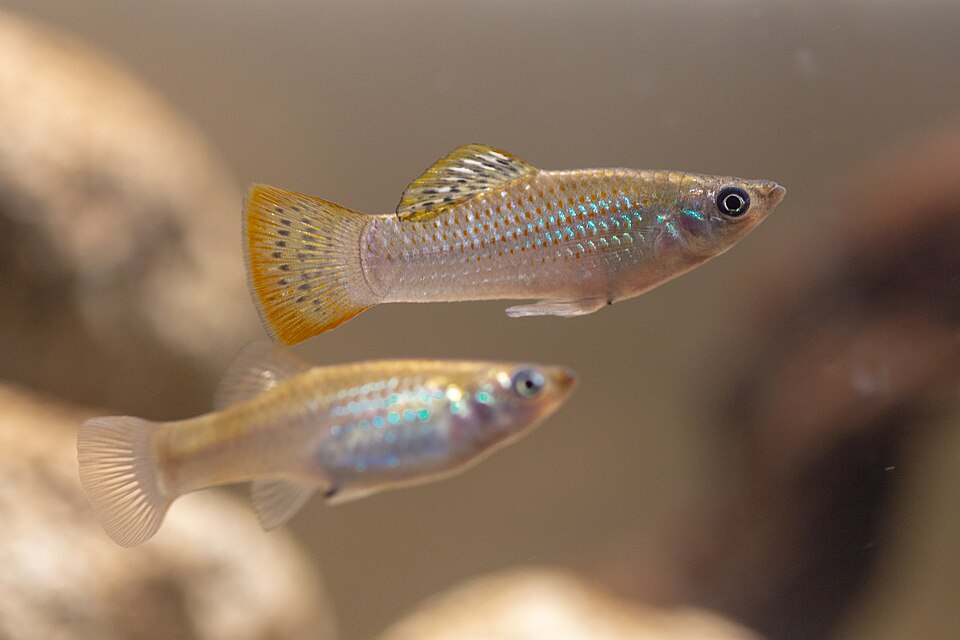

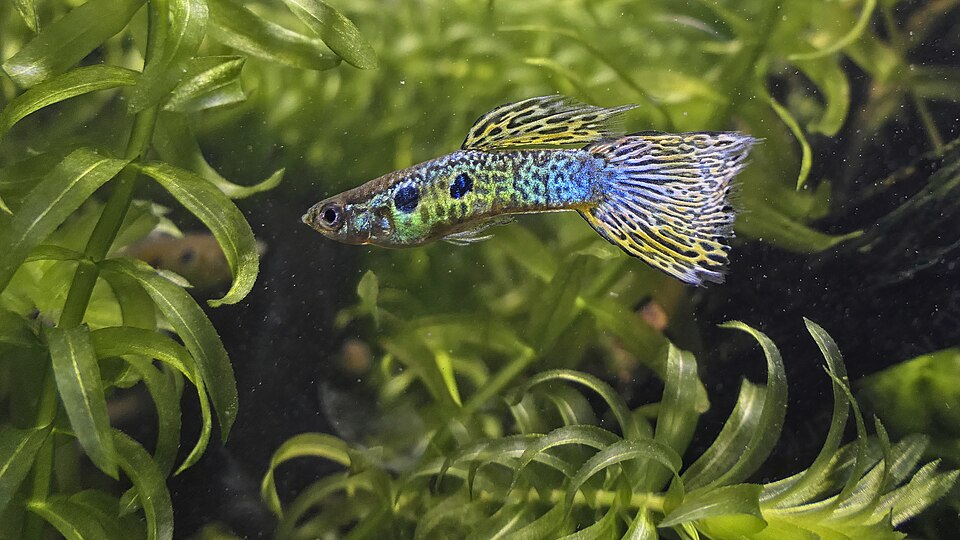



Leave a Reply